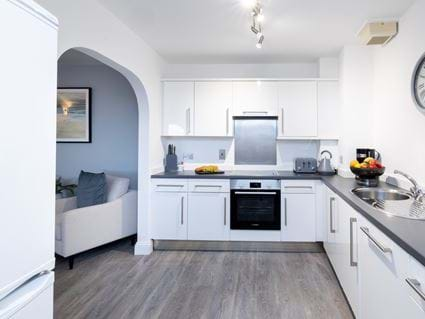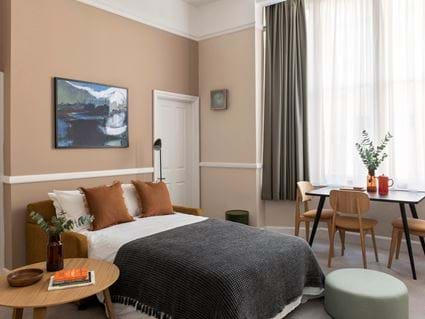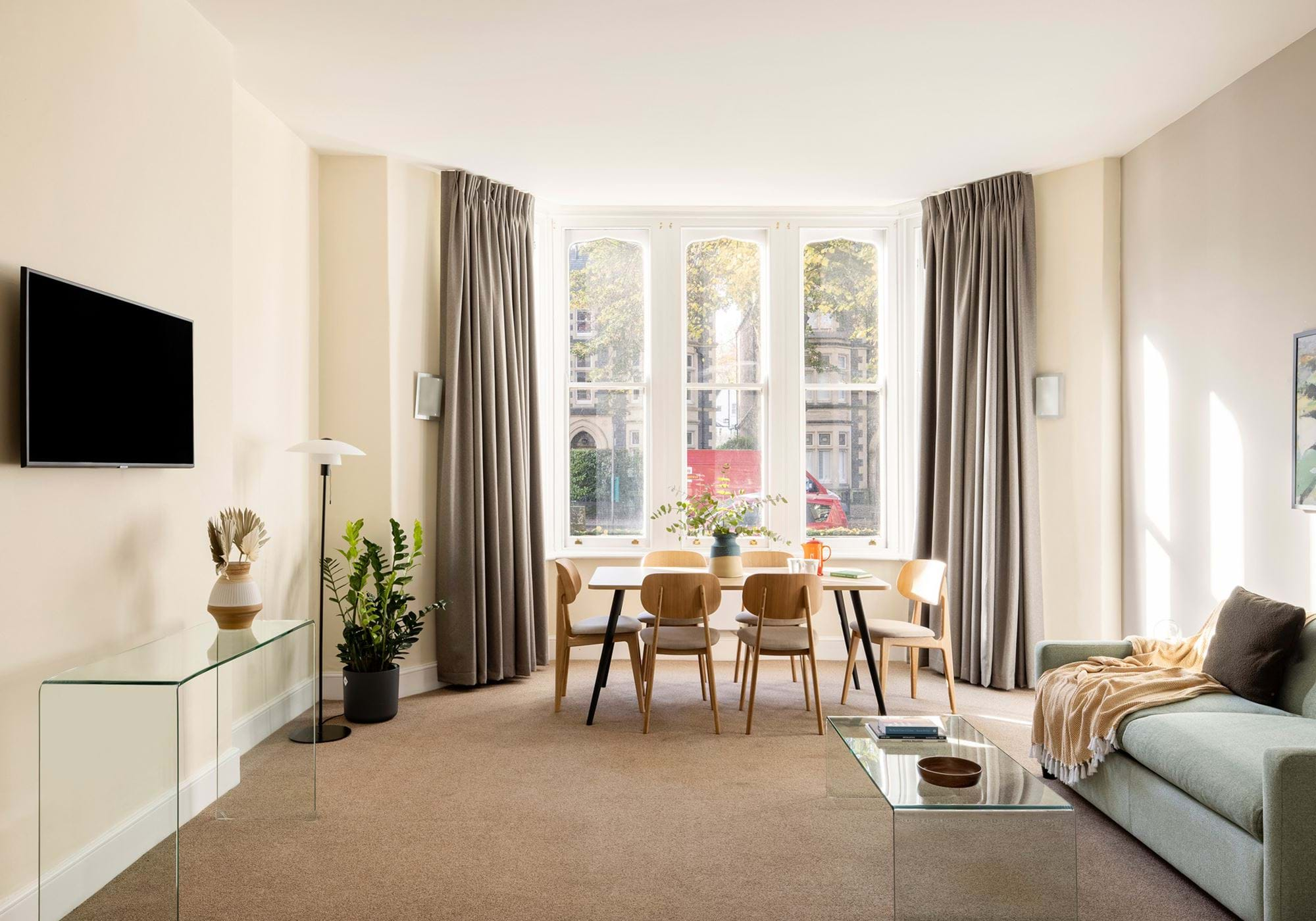.jpg?width=2000&height=750&mode=crop&format=jpeg&quality=80)
Feel at home.
Wherever your adventure takes you.
SACO, the serviced apartment company, provides you with a space like no other – carefully designed, uncluttered serviced apartments that allow you to make the most of every moment.
FIND YOUR SACO
Whatever mode you're travelling in, our versatile spaces are designed to make life work. From sofas that effortlessly unfold to make room for longer stays, to bespoke kitchen tables for creative-thinking and take-away-eating. Discover all our serviced apartments available for long term and short term stays.
Want 10% off every stay? Join SACO
Save on every stay
At least 10% off your apartment stays for a day, a week, or a year.
Stay flexible
Pay later, and stay flexible with free cancellation for members.
All the perks
Early check-in and late check-out at select SACO properties.
.jpg?width=425&height=319&mode=crop&format=jpeg&quality=80)
.jpg?width=425&height=319&mode=crop&format=jpeg&quality=80)

.jpg?width=425&height=319&mode=crop&format=jpeg&quality=80)

.jpg?width=1017&height=625&mode=crop&format=jpeg&quality=80)
.jpg?width=2000&height=1400&mode=crop&format=jpeg&quality=80)

.jpg?width=2000&height=1400&mode=crop&format=jpeg&quality=80)